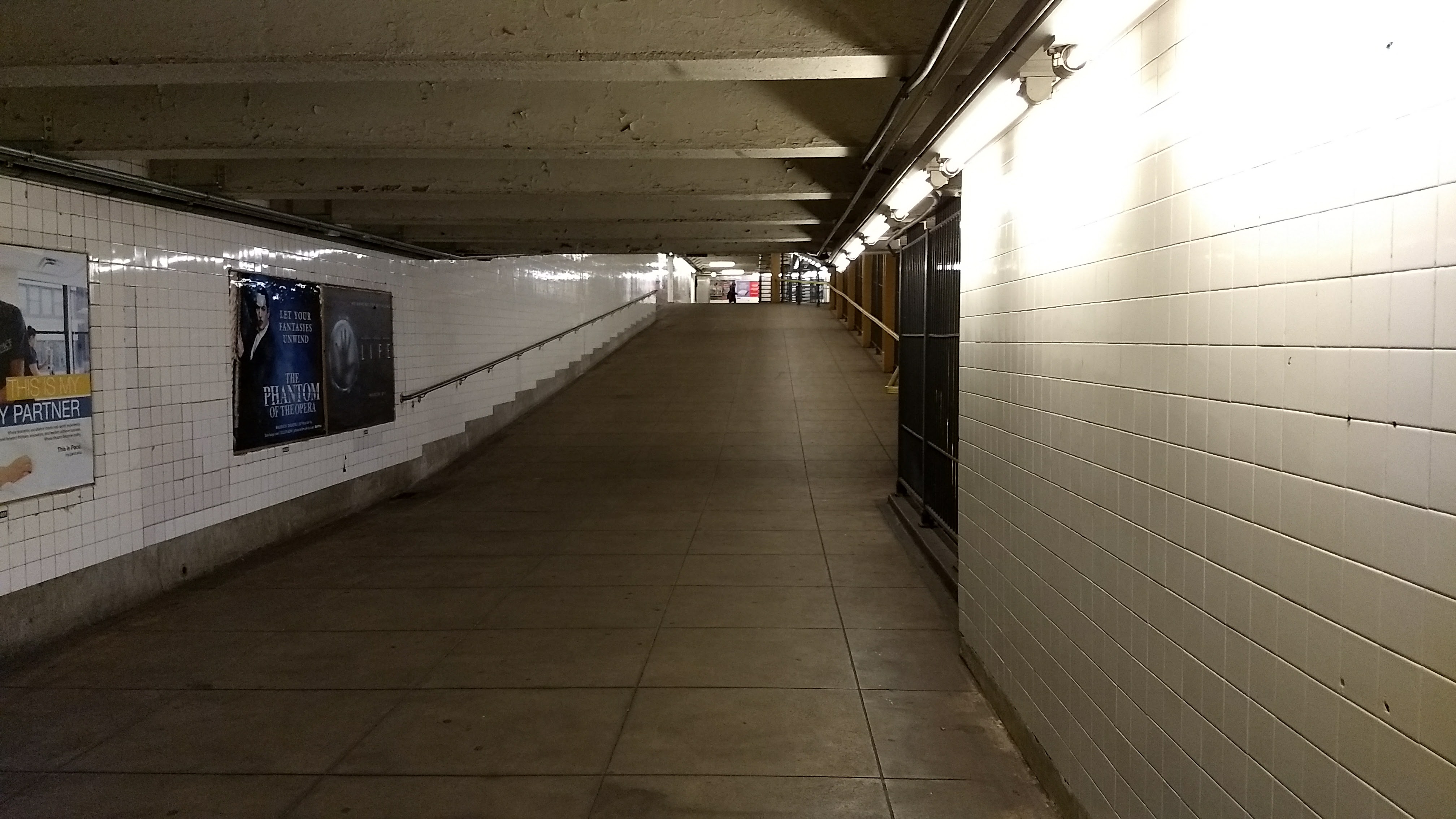Why you can trust TechRadar
- No batter increase over the G4 Plus, but that’s not a bad thing
- Impressive fast-charge technology for a budget phone
In some ways, the Moto G5 Plus couldn’t be more different from its predecessor. But when it comes to the battery inside this time around, it’s quite similar.
At 3,000mAh, the capacity offered up is on par for a phone this size. Moto promises all-day performance, so the baseline target for this budget phone is one day before it taps out. During our testing, it was common for the phone to last longer than its advertised lifespan. Obviously, your results will vary depending on your work (or play) load, but the G5 Plus easily meets the mark of a day of battery life.
It’s really no surprise, given that an 90-minute HD movie only drained 12% of the battery.
Although this phone can last quite a while without a charge, plugging it into the included charger once it’s dead reveals another neat trick: it can return to form very quickly. Equipped with Moto’s TurboPower technology, the G5 Plus went from 0-20% in 15 minutes. After another half hour, it reached 62%. And finally, it became fully charged in a total of 85 minutes.

Camera
- Captures bigger pixels, but the results don’t really show
- 4K video looks good on paper, but 1080p at 60FPS is the star here
- Moto’s camera software is becoming a favorite and the app is fast to boot and capture
If you’re a numbers person, the changes in the camera department from last year’s G4 Plus might be setting off an alarm.
The rear sensor in the G5 Plus is now 12MP, moved down from 16MP. But in its stead are some worthwhile improvements that are worth the exchange.
For instance, the main camera is now capable of better low light shooting thanks to the aperture boost from f/2.2 to f/1.7. The sensor now captures larger 1.4-micron pixels in each photograph, which in theory boasts accurate lighting and cuts back on the amount of noise present.
You’ll also be able to shoot video in 4K at 30 frames per second (FPS) - 1080p at 30FPS was the threshold of the G4 Plus. What we discovered from the G5 Plus is that being able to shoot in 4K doesn’t magically turn your footage into Hollywood-caliber gold. While detailed, our results were shaky, slow to focus with colors muddled slightly throughout. There are few places where this phone shows its budget roots and this is one of them.
Lastly, though the specs of its front facing camera haven’t changed one bit, Moto has added its professional and beautification modes to this end. Now, you can modify your shots and tweak your results with both cameras of this budget device.
As someone who uses the Google Pixel XL as a daily driver and main camera, more or less, it quickly becomes apparent how far behind every other phone is. Obviously, the Moto G5 Plus is on the opposite side of the pricing spectrum and it’s unfair to compare the two directly. And while serviceable, I can fairly state that I was a little disappointed with the camera performance here.
It’s hard to expect brilliance at this low price tag, and yes, it is possible to take some nice shots if you have an eye and a steady hand for it. But you may not want to toss out your point-and-shoot just yet.
Moto has improved its less-than-stellar reputation for bad imaging in the past few years, but the G5 Plus isn’t a good indicator of that progress.
Photos were generally murky and lacked the sharp details and colors that we expected to be captured from each scene, especially considering the large pixels. Testing its low-light chops ended with mixed results. It captured photos with enough detail to satisfy, but mixed in the same haze and overblown lights that we saw during the day.
Check out the results in the slideshow below. As you’ll see, still photos are another area where the Moto G5 Plus lives up its its budget reputation, and doesn't in anyway exceed it.

The contrast doesn't pop as much as it should, but this is one of its better shots.

No complaints here until you here until you zoom in a bit.

It doesn't exactly sell this plate of sirloin steak teppanyaki. The cilantro in the back is fuzzy, not bokeh-fied.

The camera struggles to settle on a subject, leaving most of this image focus-less and blown out. But again, this is serviceable quality.

Testing out the low-light capabilities of G5 Plus, which do a good job illuminating this murky subway station.

The details are lacking, but the f/1.7 sensor really brightens things up.

No selfie cam is perfect, but this could be a lot worse for your money.
Despite the so-so performance of the camera hardware, Moto’s camera software is really starting to become a favorite. It’s intuitive, feature-packed and it boots quickly, whether you launch it from the app, the twist-to-open Moto action, or by double tapping the power button.
Cameron is a writer at The Verge, focused on reviews, deals coverage, and news. He wrote for magazines and websites such as The Verge, TechRadar, Practical Photoshop, Polygon, Eater and Al Bawaba.

